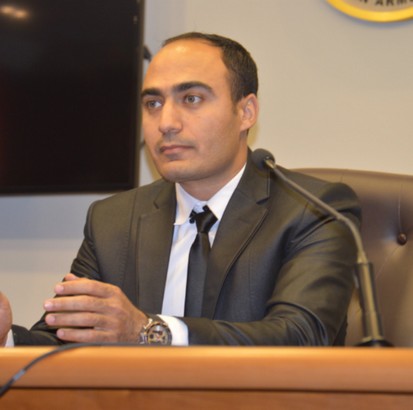Video Game Translation
There is no doubt, due to the growing supply and quality of video games in the global market, as well as the age diversity of players, companies developing video games are looking for ways to maximize their sales. Statistics showed that the video game market in 2021 generated total revenues of $180.3 billion, up 1.4% from 2020.
Reports indicate that electronic game applications have attracted millions of virtual players globally. In order to reach this larger group of users, video game developers should consider the ROI for providing their games in multiple languages. Let me show you the steps to consider before translating a video game.

Steps to Consider in Video Game Translation
The initial step is what we call the Preparatory Stage. It is about studying the target market(s), translation history of the project, and the mistakes to avoid from operational and linguistic perspectives. Here we will try to cover all questions and queries:
- The first question, which is very common in the translation industry is: what language(s) will the game be translated into, and what is the preferred dialect in the target region or country? For example, if the client decides to translate the game into Arabic, does the target country prefer Classic Arabic or a local dialect like Saudi or Egyptian? The same applies to French. Does the client prefer French for France or Canada?
- How will the target language impact the UI and message windows, are they set up to accommodate expanding or contracting text? For example, some languages, such as Russian, need longer sentences to express the same content in English. Some languages, such as Arabic, Hebrew, and Persian are right to left reading languages. These languages are bidirectional and are different from European languages.
- Are any parts of the game language dependent? If any functionality is dependent upon how the user inputs data (i.e. date formatting or input language), this dependency should be removed to avoid issues in functionality.
- How will captions, HUD (heads-up display), and speech be handled? Will you need voice-over services, or will you provide subtitles for spoken word? Key points to discuss with the translation team about voice-overs include:
- Do they provide this service, or will you need to work with a studio?
- Will the actor scripts need to adhere to timestamps?
- Regarding voice-over talent, identify the gender, age, and tone for the characters.
- Can they provide samples of the actors (voice performance tests), and sound quality?
Gamers’ Culture & Locale Factors
When determining the language, the translation team may advise the developer about the cultural differences to consider without affecting the basics of the game.
- Are there any aspects of the game that may be culturally inappropriate in the target region which would negatively impact the success of the game in that market?
- As a game developer, you must provide the translation team with key details such as the target age group of the game, as well as the type of game. These are important to decide what type and level of language (in terms of style and tone of voice) to use. The language used by footballers might differ from the language used in strategic games.
- Does the translation team you are considering have experience in video game translation and internationalization?
SME According to the Game Category?
- In order to successfully translate, the translator needs to have context for the words. If they are just provided strings of content, the translation may not be as good as it would be if the translator knew how that content will be used in the game. Be sure to provide training and reference materials to the translation team to provide them sufficient context of all game scenarios.
- This training may be in the form of recorded videos to be shared with the translation team. A context reference must be available if the translator has any doubts about any word/phrase in the game content.
- The translator should be a good player to provide you with the best creative translation suitable for the game situations.
- To ensure content quality and consistency, the translation team will review the latest terminologies (glossary development) and rules of the game genre before starting translation.
Project History & Expertise Factors
- If the game has been translated into this language previously, talk to your translation team about how to handle the update process. The developer should provide the translation team with access to the existing translations. If a translation memory (CAT) tool was used by the previous translation team, ask them to send you the translation memory files. These can be used by the new translation team to maintain consistency.
- If the game has been translated into other languages, the developer should provide the translation team with all the references and/or previous language-related questions to save time and facilitate the process.
- As an experienced games translator, you must choose the appropriate tool for translation according to the type of the game and the format of the translation files. For example, Passolo can provide a real-time display of what has been translated so that the translator sees if the length of the sentence used corresponds to the displayed space or needs to be redrafted in another way to fit in.
These questions are a guideline that can be used and further developed to reach the best result in translating video games. There are additional issues that must be considered:
- How will future updates be handled?
- How will the language files be handled?
- Who will perform the final tests of the translated version?
These issues might be determining factors in the success or failure of your video game translation project.
Conclusion
The current technological revolution and pandemic restrictions have contributed to a growing video game market that can further profit from reaching international clients in their native language.
